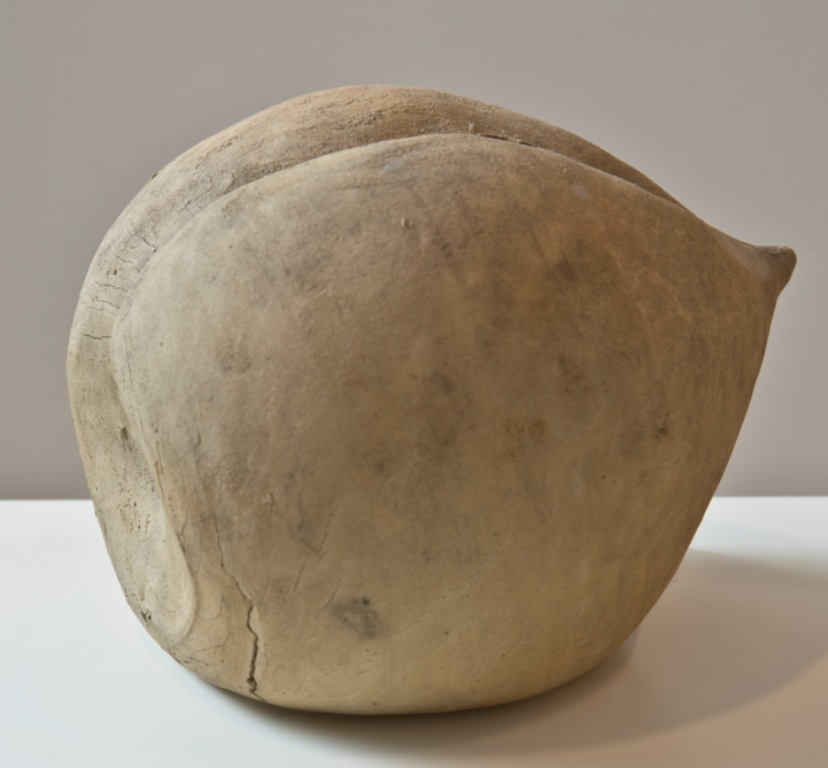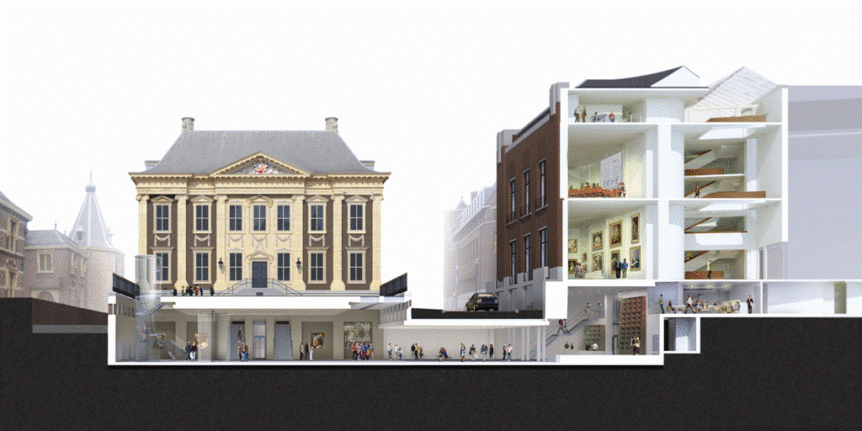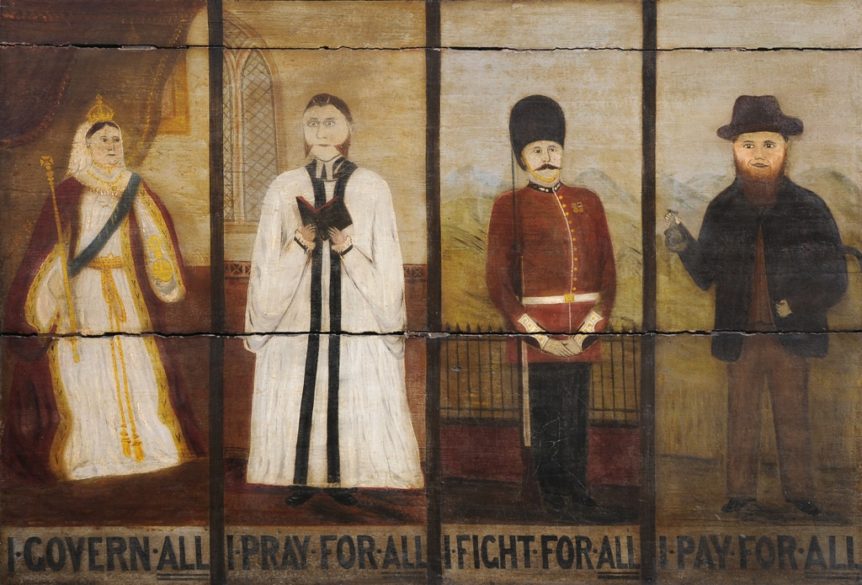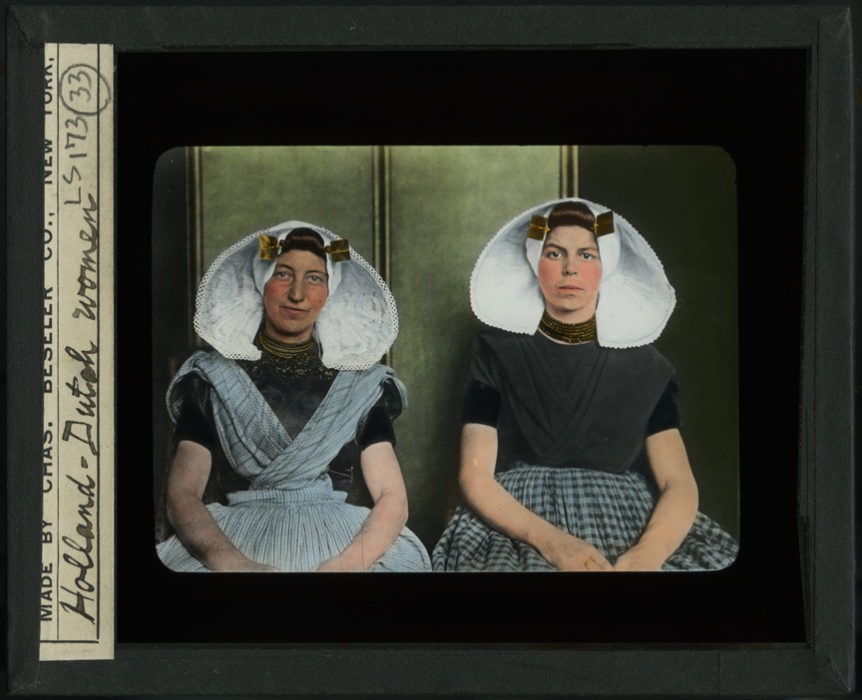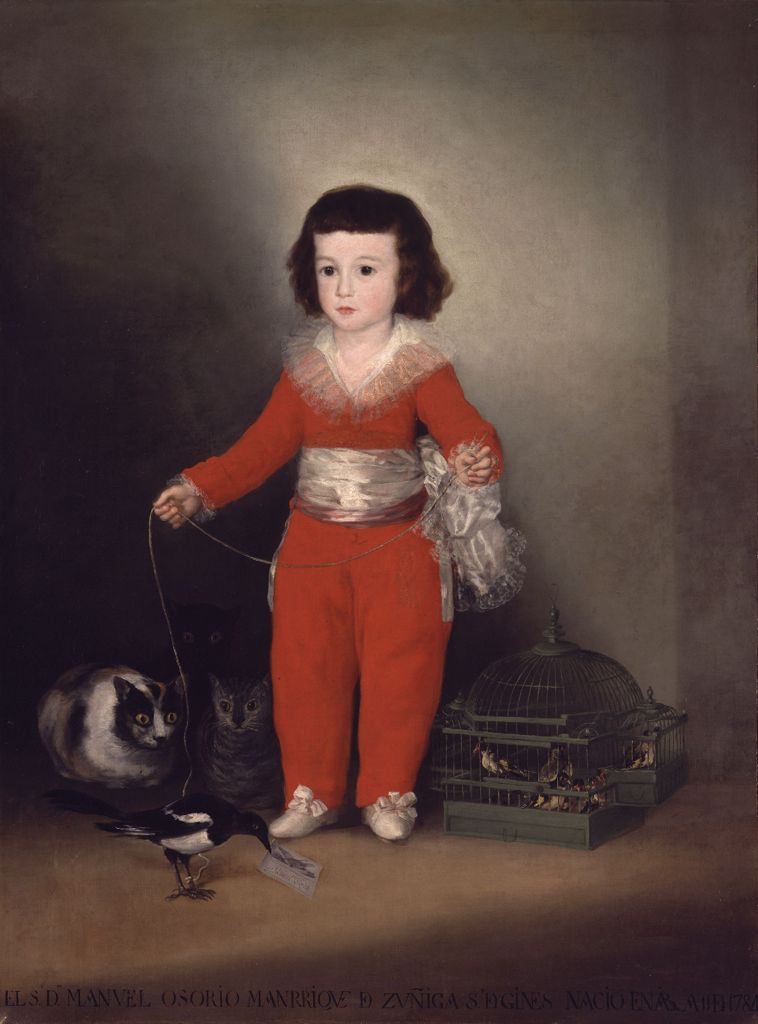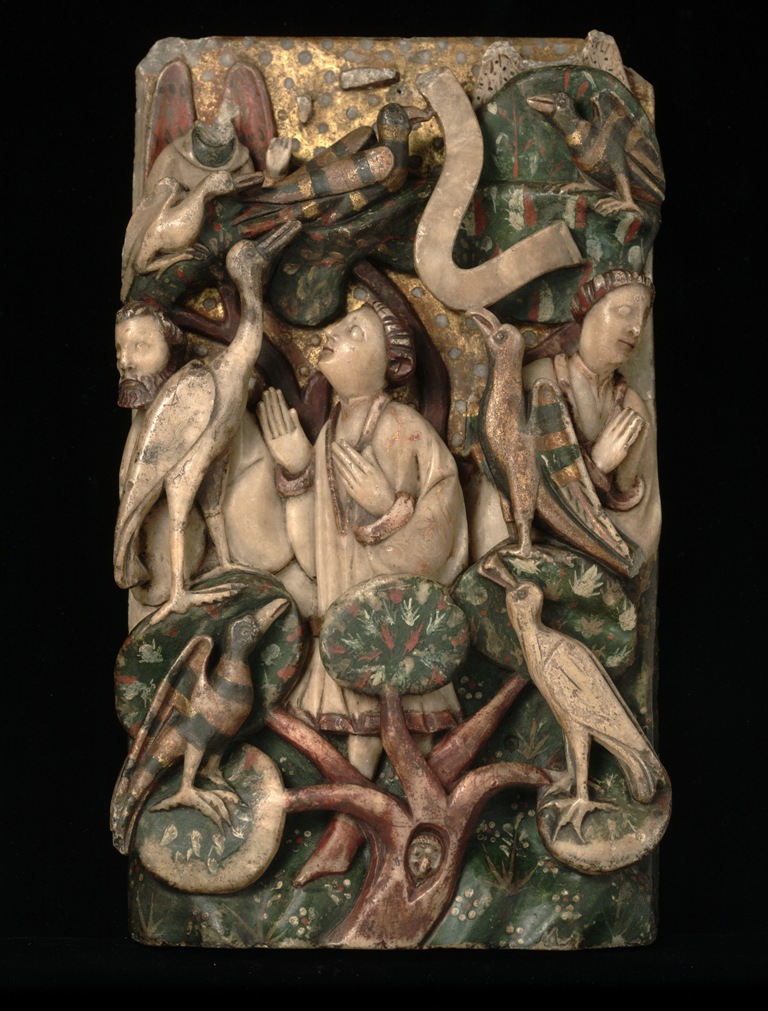Photography by Gavin Ashworth Crafted, bought, sold, and collected, folk art erotica, especially American folk erotica, has a lively presence in the world of art and antiques, as virtually any dealer will attest. (“The easiest things to sell are good erotica and good political materials. They leave the door the quickest,” Brooklyn-based dealer Steven S. Powers observes.) What this material …
Farther afield: Philosophy in the museum
In a refreshing new twist on how to bring new life to long-revered art and objects both the Staatliche Kunstsammlungen in Dresden and the Rijksmuseum in Amsterdam have invited philosophers to play the role of curator DRESDEN CONSIDERS THE BOWL Philosopher Wolfgang Scheppe has collaborated with the staff of the Dresden State Art Collections to present an exhibition in …
End notes: Summer of art
Do you remember the game License Plates, when vacation travel meant keeping your eyes peeled for car tags from as many states as possible? Well, this summer you can play Art Everywhere, looking for masterpieces of American art scattered across the American landscape. In some fifty thousand outdoor locations across the country starting on August 4–in cities and towns large …
Breaking ground: British folk art at the Tate
In 1768, when the British Royal Academy of Arts was established, it emphatically distinguished the fine arts from crafts by exiling the latter, declaring that “no needlework, artificial flowers, cut-paper, shell-work or any such performances should be admitted.” By 1948 artworks from outside the mainstream still had not overcome this prejudice, prompting the designer, writer, and folk art enthusiast Enid …
House of the spirits
In time, Sylvanus Griswold Morley would be known as the brilliant Mayanist who excavated Chichén Itzá and, controversially, as Agent 53, a scientist who used his Central American fieldwork as a cover for spying on behalf of the Office of Naval Intelligence during World War I.1 But in 1910 the young Harvard-trained archaeologist whose interest in the ancient Southwest brought …
Ezra Wood, profile cutter
By Olive Crittenden Robinson; originally published in August 1942. Among records of the many profile cutters of silhouettists of the late eighteenth and early nineteenth centuries flourishing in Massachusetts, no mention appears of Ezra Wood who plied his art along with his trade in Buckland, Franklin County, Massachusetts. Indeed while eastern Massachusetts seems well represented in ‘black portraiture,” my search …
From the archives: “New Mexican tinwork, 1840-1915”
By Lane Coulter; from The Magazine ANTIQUES, October 1991 The art of the tinsmith flourished in New Mexico from about 1840 to 1915. During this period Hispanic tinsmiths primarily made devotional objects that reflected the Roman Catholicism of the Spanish Southwest, but they also made a limited number of more secular objects. They used shapes derived from architecture as well as immensely …
Then and Now: A museum’s museum
One of my earliest memories is from half a century ago and relates to something that I saw, and that astonished me, in the darkened halls of the American Museum of Natural History. I was four and my nanny was taking me-not for the first time, as I clearly recall-to the museum, a few blocks from where I grew up. …
Meet the Altamiras at the Met
Go to the Metropolitan and meet the Altamiras, one of the richest and most illustrious families of 18th Century Spain. Four of Goya’s portraits of the family are assembled in one place for the first time in a century and a half. So illustrious was the family that the father, Vicente Joaquín Osorio Moscoso y Guzmán, 12th Conde de Altamira, …
Object of devotion at MOBiA
It was big news in the museum world when the New York Times reported that a rare exhibition of Donatello, considered by some to be the finest sculptor of the Renaissance, was coming to New York City. But the venue for Sculpture in the Age of Donatello: Renaissance Masterpieces From Florence Cathedral (on view from February 20 through June 14, …

